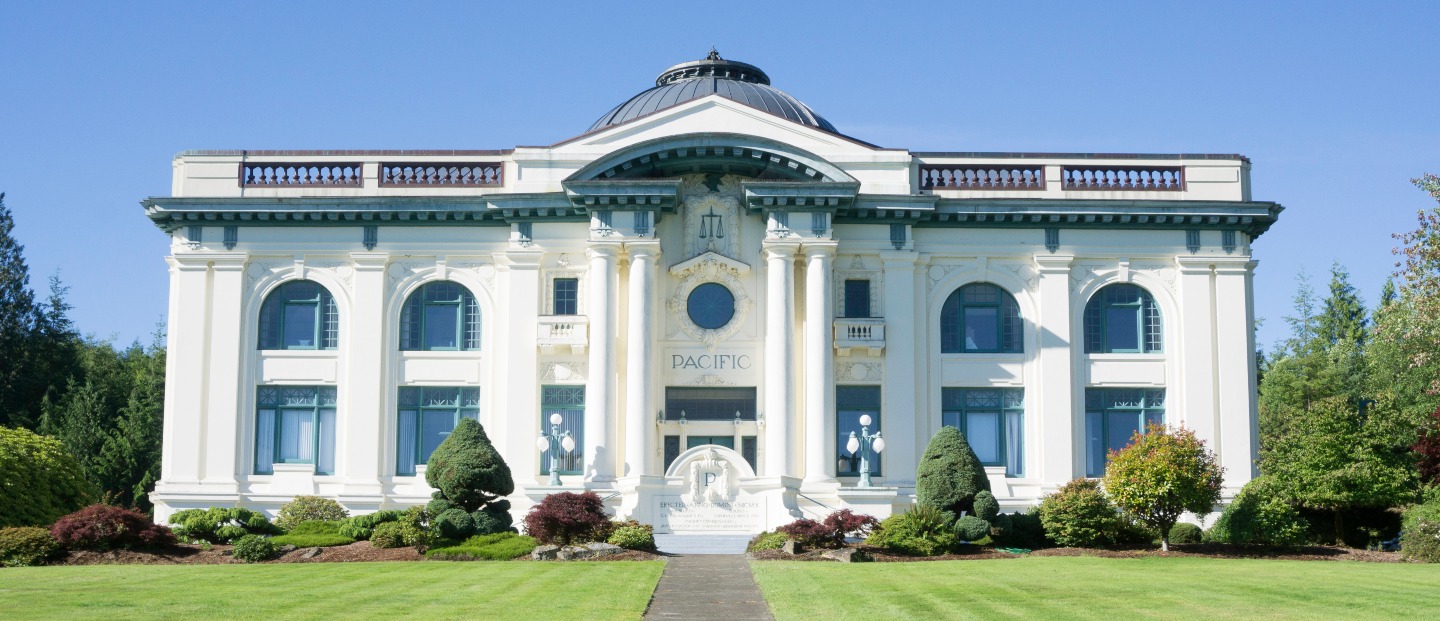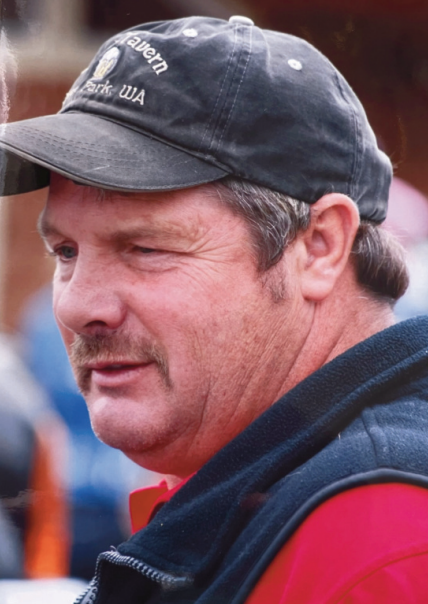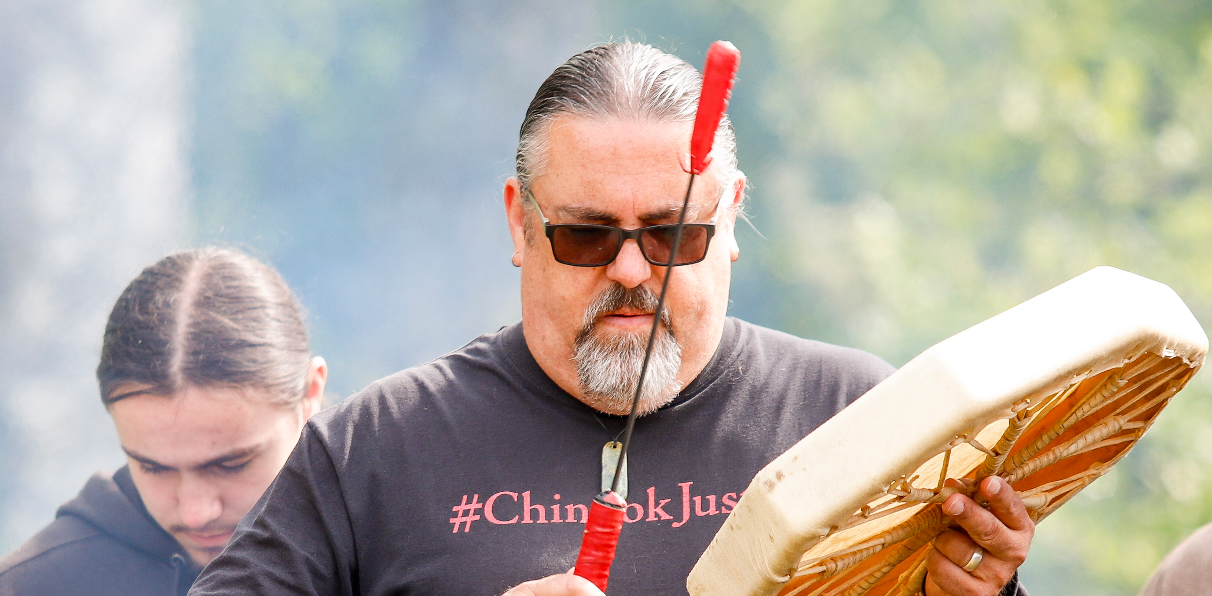Being Frank: Tribes not interested in ‘Museum Fish’
Published 9:49 am Tuesday, April 29, 2025
True salmon recovery will not be achieved until we have sustainable, harvestable populations that support treaty tribes’ culture and way of life.
The alternative is a future where salmon are treated like museum displays—look but don’t touch.
As my mentor the late NWIFC Chairman Billy Frank Jr. once said, “We are not interested in museum fish.” Salmon conservation is meaningless if we have to sit on the banks and watch the fish swim by.
Ours is a living culture that depends on our being able to exercise our traditional, constitutionally guaranteed treaty rights to harvest salmon.
Impact of salmon losses
In the documentary “Fish War,” Stillaguamish council member Kadi Bizyayeva talks about the impacts on her tribe of not being able to harvest salmon meaningfully for more than a generation.
“Finding our value now without the salmon, it’s hard,” she says. “It has created a huge disconnect from our elders to our youth. Those traditions have kind of stopped being passed down. There’s a lot that our youth aren’t able to see or learn or practice, and there’s a lot that our elders can’t teach.”
To reach our recovery goal, tribes are doing everything we can to restore habitat and are working to rebuild salmon stocks so that when we develop fishing seasons with our state co-managers, there is a harvestable surplus for us to share equally.
One of the ways we are rebuilding salmon populations is with a robust system of tribal and state hatcheries that provide harvest opportunities for everyone in western Washington. At least 70% of the salmon caught by tribal, sport and nontribal commercial fishers are hatchery fish.
Hatchery enhancement programs also help rebuild and maintain populations of at-risk salmon that otherwise would have gone extinct, as well as provide food for our struggling southern resident orcas.
Trending
Misinformation
Unfortunately, we continue to see misinformation being spread by organizations that use thinly supported, insular research to falsely claim that hatcheries are standing in the way of salmon recovery. These so-called conservation organizations file lawsuits using the Endangered Species Act as a weapon against treaty rights, trying to dismantle programs actively putting more fish in the water.
Unbelievably, these groups pretend to have the support of tribal nations, when they do not speak for us.
The truth is, tribal hatchery practices continue to evolve with best management approaches and are on the cutting edge of conserving diversity and maintaining production. Tribes manage our hatcheries to protect natural production. Hatchery programs have improved genetic diversity, increased abundance, and in many places have supported populations at risk. Tribal hatcheries do not cause the loss or reduction of salmon populations.
The tribes are not to blame for destroying salmon spawning and rearing habitat, but we have taken on the responsibility to keep their populations alive. Our hatchery programs can lead to future generations of naturally spawning fish.
This year, we’re facing a state budget that could reduce hatchery funding, leaving tribes to make up for the deficit. This is not new territory. We’ve had to rescue state hatchery operations in the past, for example on the White River and Sol Duc River, but this is an unfair financial burden for the tribes to carry.
Treaty tribes will do whatever it takes to recover harvestable numbers of salmon. Our vision of conservation is complete salmon recovery, ensuring sustainable harvest for the next seven generations. We are never going to give up on fishing, and we are not interested in museum fish.
Ed Johnstone, chairman of the Northwest Indian Fisheries Commission, writes Being Frank in memory of Billy Frank Jr., who led the way in winning the fight to preserve traditional natural resource rights of Washington’s treaty tribes.










